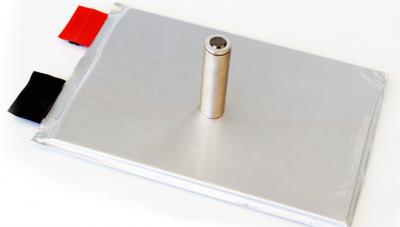XG Sciences has received a DOE Round 2 small business award for $150,000, which it will use to support its efforts to develop low-cost manufacturing of a silicon-graphene composite anode. According to the company, one goal for the new anode type is to reduce the formation of the solid electrolyte interface (SEI).

The SEI layer is a film composed of electrolyte reduction products that start forming on the surface of the anode during the initial battery charge. It functions as an ionic conductor that enables lithium to migrate through the film during charging and discharging allowing the battery to operate in an efficient and reversible manner. Under typical operating conditions, it also serves as an electronic insulator that prevents further electrolyte reduction on the anode. However, as the silicon in next-generation anodes expands and contracts, it essentially cracks apart that layer and then makes more. Over time it ends up with a very thick resistive film on the anode, which causes it to lose both capacity and power.
XG Sciences aims to tailor its silicon-graphene anode materials for capacities from 500 mAh/g to over 2,000 mAh/g, making them suitable for a wide range of energy storage applications. Today these materials can enable Li-ion cells with energy densities around 350 Wh/kg. The company is working to increase cycling performance to 1,000 charging cycles, which is one of the goals of the DOE’s EV Everywhere program.